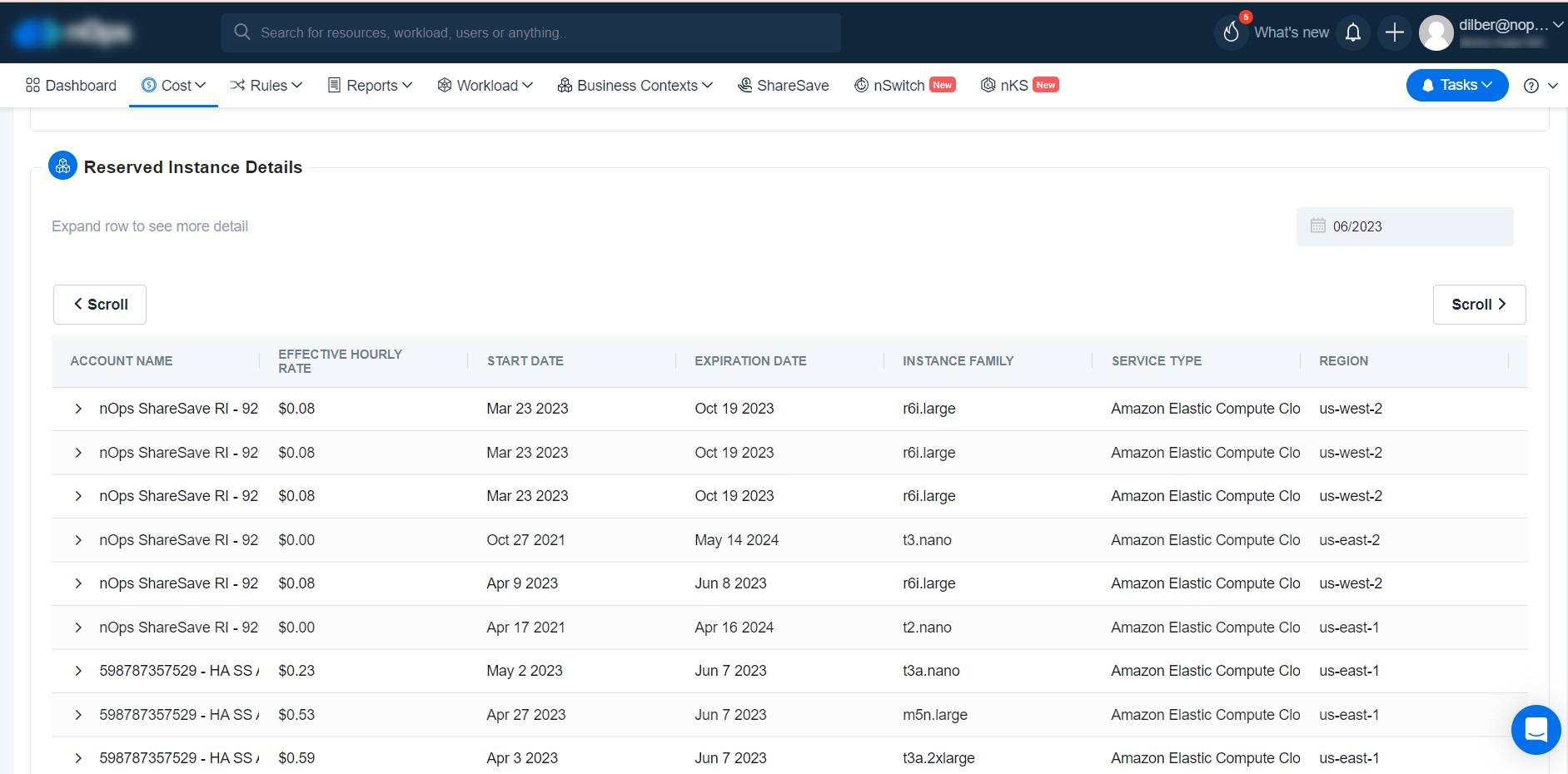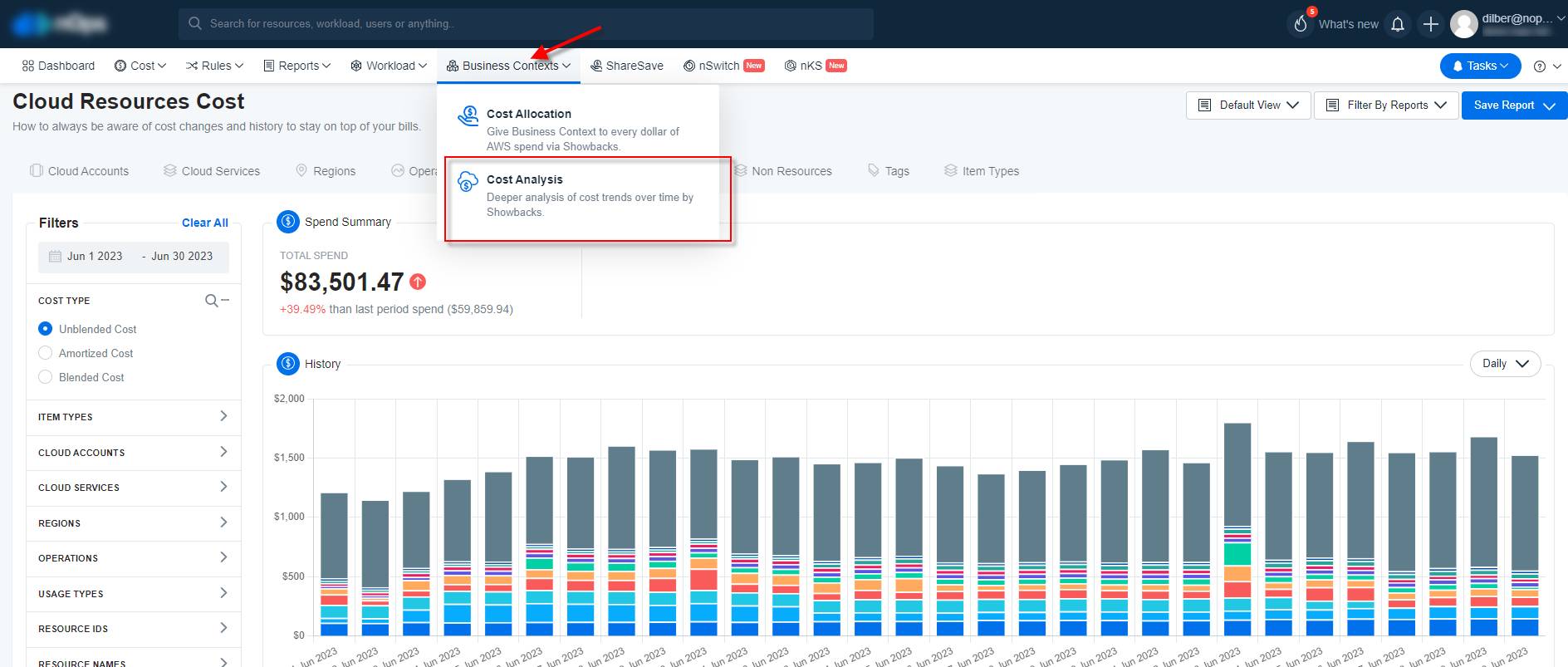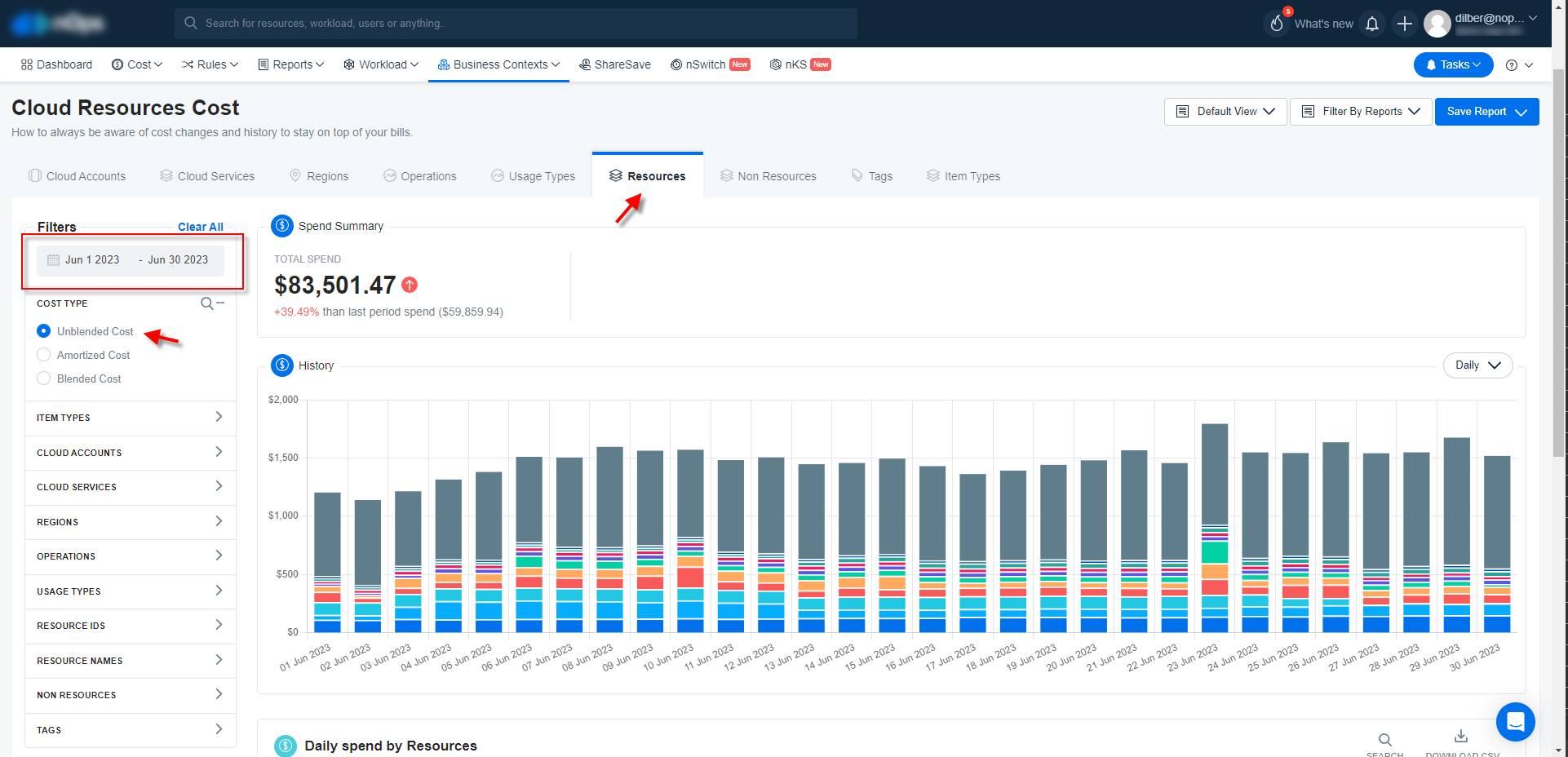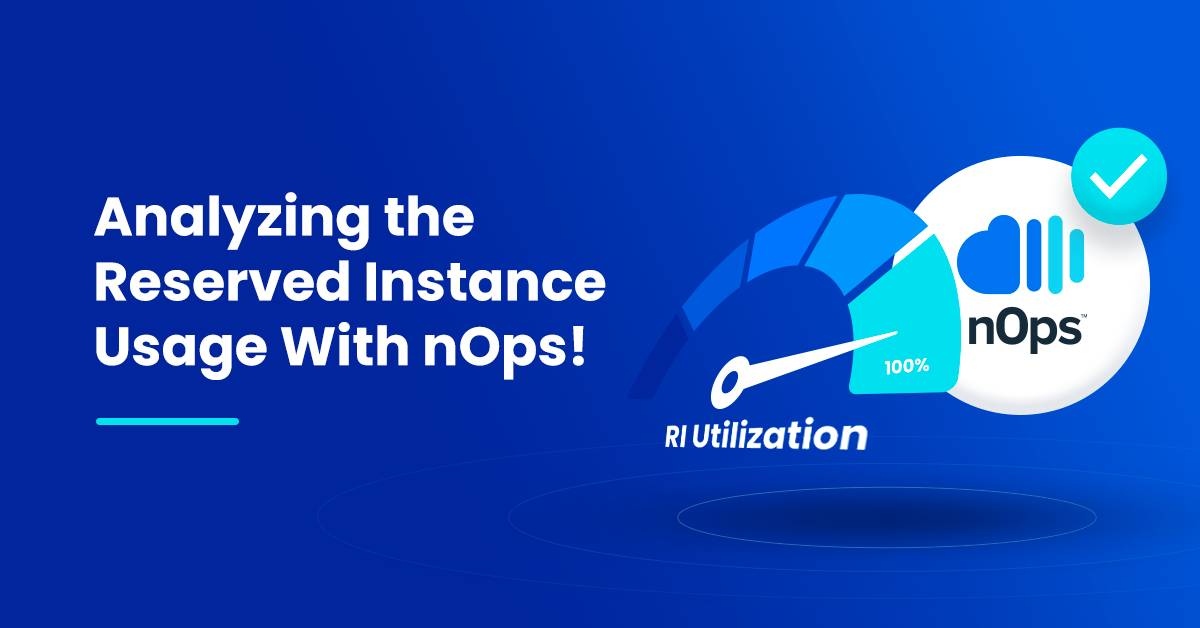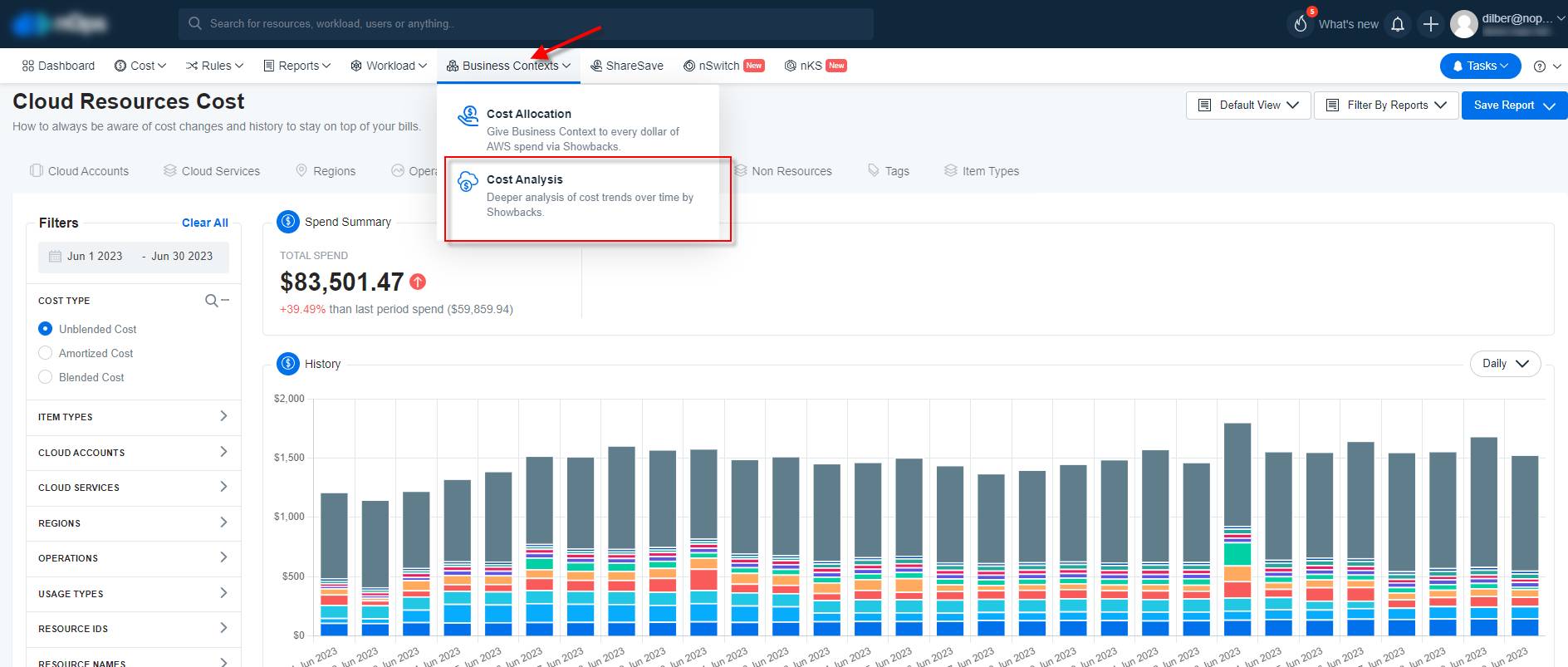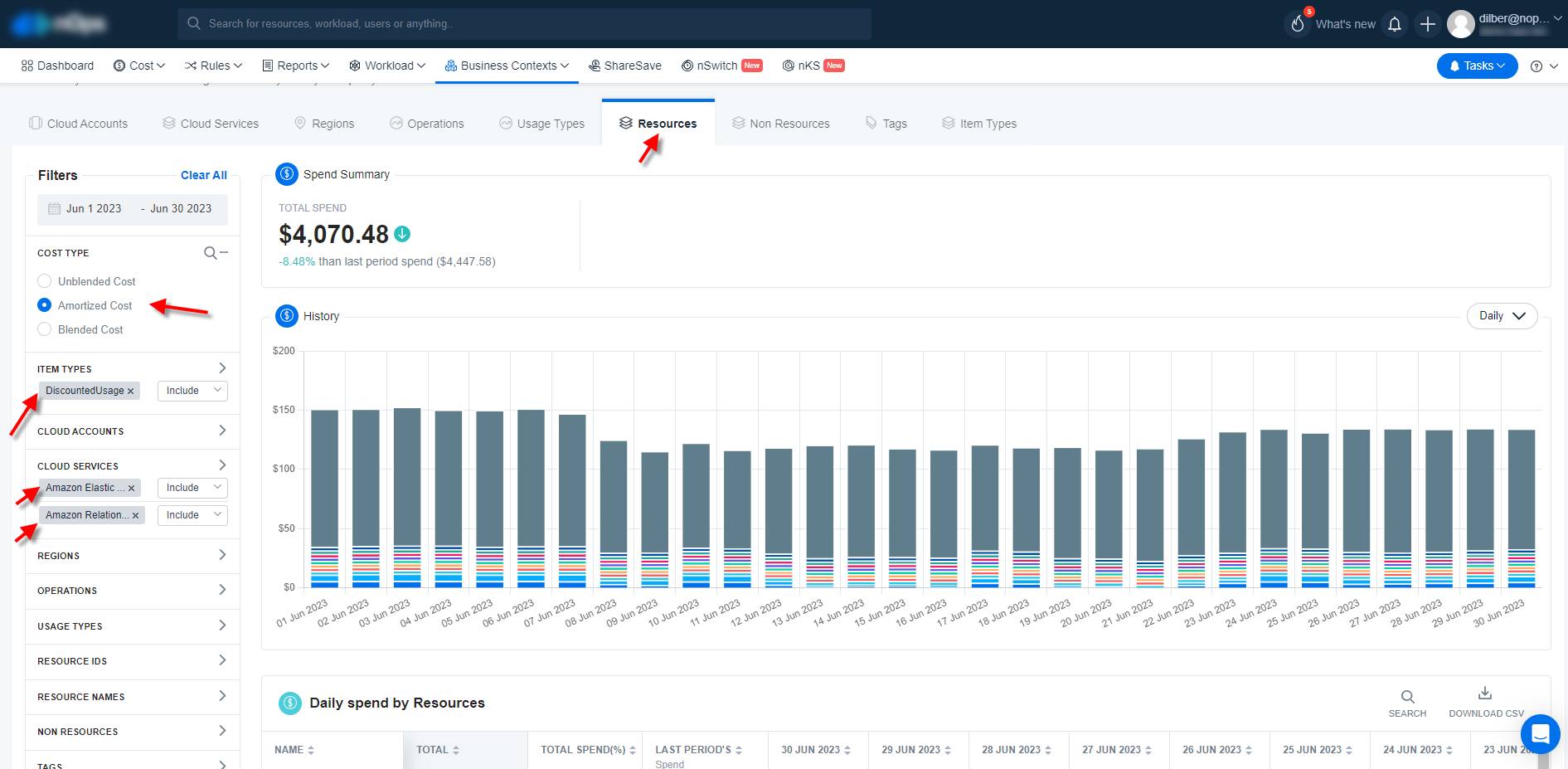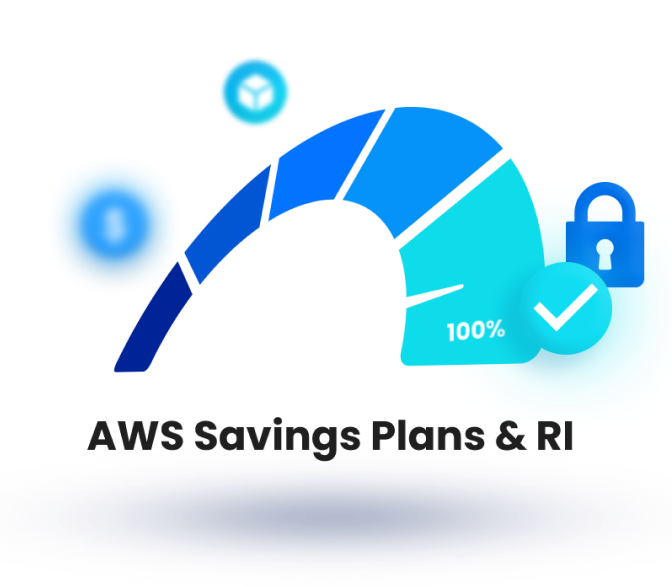- Blog
- Commitment Management
- The Challenges of AWS Reserved Instance Optimization
The Challenges of AWS Reserved Instance Optimization
Last Updated: May 21, 2025, Commitment Management
AWS Reserved Instances (RIs) offer significant cost savings for organizations utilizing Amazon Web Services. However, tracking and analyzing the utilization of Reserved Instances across multiple accounts can be challenging. With over 2,000 types of Reserved Instances available, each offering different savings, break-even points, and suitability, ensuring maximum savings can be challenging.
Additionally, the differences between Standard RIs and Convertible RIs add another layer of complexity. Many organizations fail to take advantage of the full 75% savings on Reserved Instances. To address this, we have created this RI optimization guide to provide tips on automating the process and minimize errors & lock-in risks, freeing up your valuable time. Continue reading to learn more.
The Challenge Of Multiple Accounts and RI Usage Visibility
While the AWS Management Console offers basic utilization metrics, it lacks comprehensive reporting features for in-depth analysis and tracking of RI utilization across multiple accounts, making it challenging to comprehend RI usage and identify areas for improvement. Collecting and consolidating utilization data from multiple accounts into a single source is a manual and time-consuming process. This involves extracting data from various sources, then reconciling this information to gain a holistic understanding of RI utilization. Furthermore, associating specific instances with corresponding RIs across multiple accounts can be complex, especially when dealing with numerous instances and varying RI attributes.
Reserved Instance optimization poses challenges, but with the right strategies and tools, these obstacles can be overcome. Leveraging AWS Cost Explorer, AWS Cost and Usage Reports, third-party tools, consistent tagging practices, and automation can provide insights into RI utilization patterns and facilitate informed decision-making to optimize RI portfolios. Remember that regular reviews and optimization efforts are essential for maximizing cost savings and effectively managing RIs across multiple accounts.
This is where nOps comes in, simplifying the process through automation.
Let’s start by identifying AWS Reserved Instances
nOps provides a powerful feature called Commitment Management, specifically designed to assist in effectively managing AWS commitments.
With Reserved Instance planning, organizations can allocate RIs to match workload requirements, and maximize cost savings. The Reserved Instance coverage feature ensures that instances are properly covered by RIs, thereby minimizing unnecessary expenses. It provides valuable information such as account name, effective hours rate, start date, expiration date, instance family, service type, and region. This comprehensive overview allows organizations to assess and optimize RI usage across different dimensions.
Additionally, nOps offers recommendations for Savings Plans and flexible pricing options for AWS services. These recommendations help identify potential savings opportunities and optimize investment in Savings Plans. The platform also provides insights into Savings Plan utilization, including metrics such as utilization percentage, net RI savings, total potential RI savings, and unused hours RI cost. These details are not readily available on the AWS console page, making nOps a valuable tool for monitoring and maximizing cost savings.
By utilizing the Commitment Management feature in nOps, organizations can gain better control and visibility over their AWS commitments. This enables informed decision-making and cost optimization.
Improve your understanding of how your Reserved Instances are being used
nOps gives you the ability to track your unblended and Amortized cost, a feature not offered by AWS cost explorer. AWS Unblended cost refers to the pricing model used by AWS to calculate the cost of individual resources without considering any discounts, RI savings, or other pricing arrangements. It provides a transparent and detailed breakdown of usage-based charges for specific AWS resources.
Unlike Blended cost, which combines different pricing factors and discounts to provide an aggregated view of overall costs, Unblended cost represents the raw, undiscounted price for each resource or service within the AWS environment.
Here’s how you can view unblended costs at the resource level:
Now, the question is: how were the RIs used? If we paid $2000 for an RI, which accounts used the RIs?
nOps gives you another view of the cost and utilization of AWS resources. AWS Amortized cost refers to a cost allocation model used by Amazon Web Services (AWS) to distribute the upfront cost of certain AWS services over a specific period. It is primarily used for pricing reserved instances (RIs) and savings plans.
When you purchase an AWS Reserved Instance or a Savings Plan, you typically pay an upfront fee in exchange for a discounted hourly rate for using specific resources over a term (usually one or three years). The upfront fee is divided or amortized over the duration of the term, resulting in an amortized cost that is factored into your ongoing usage charges.
The amortized cost is the portion of the upfront fee that is distributed evenly over each hour of the term. It allows you to see the blended cost of your resource usage, taking into account both the upfront fee and the discounted hourly rate. This provides a more accurate representation of the total cost incurred for utilizing reserved resources.
It’s important to note that the amortized cost does not include any additional charges incurred for on-demand usage or other services that are not covered by the reserved instances or savings plans. Those charges will be billed separately based on their respective pricing models.
- Log in to your nOps account.
- Navigate to “Business Contexts”, and select “Cost Analysis”.
- To access discounted prices for Amazon Elastic Compute Cloud and Amazon Relational Database Service, go to “Item Type” and select “DiscountedUsage.”
- Next, select the desired cloud service. Under “Resource,” you can see where the Reserved Instance (RI) is applied.
- The resulting page will display discounted prices after the RI is applied.
How Can nOps Help You With Reserved Instance Optimization?
nOps offers an AI-driven solution for the proactive management of commitments. By seamlessly integrating with Amazon CloudWatch and AWS CloudTrail, nOps collects and analyzes infrastructure usage metrics. This real-time analysis enables nOps to automatically adjust to infrastructure demands, purchasing Reserved Instances (RIs) and Savings Plans during periods of increased compute usage and selling them when demand decreases. This dynamic approach ensures that businesses can capitalize on the most favorable discounts available in the Amazon Marketplace, optimizing costs without manual intervention. With nOps, organizations can ensure optimal utilization and cost-efficiency. By incorporating nOps as part of your cloud cost management strategy, you can:- Pay less for what you use
- Use less by pausing idle resources automatically



